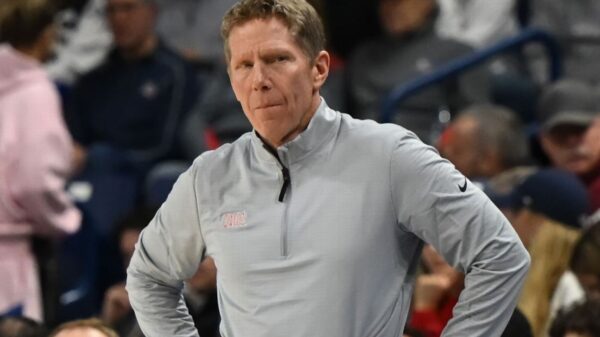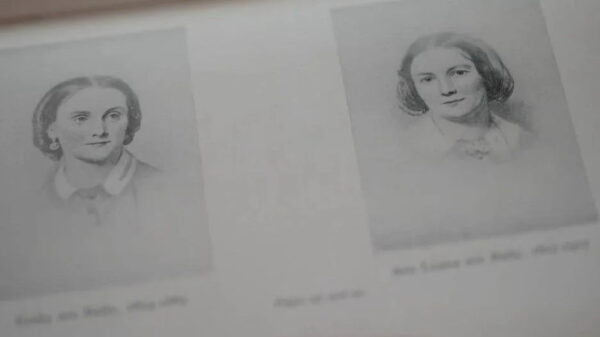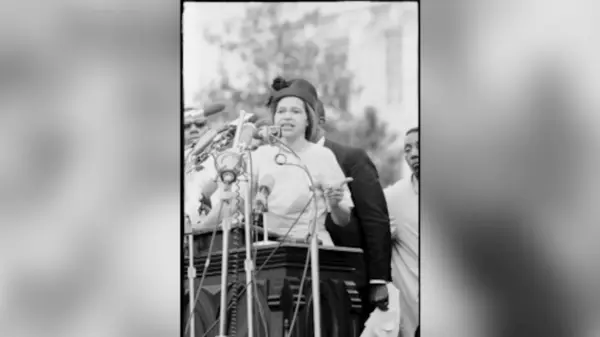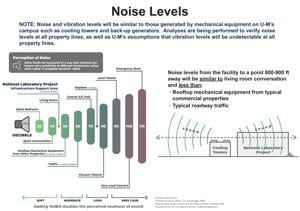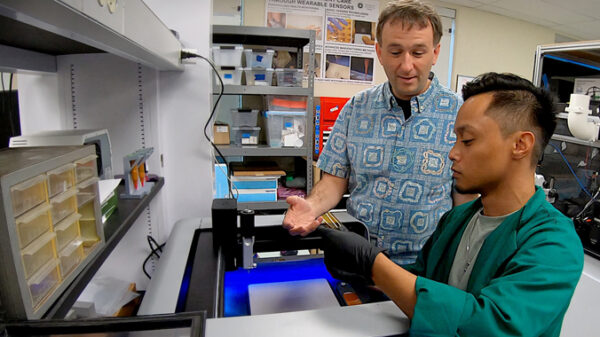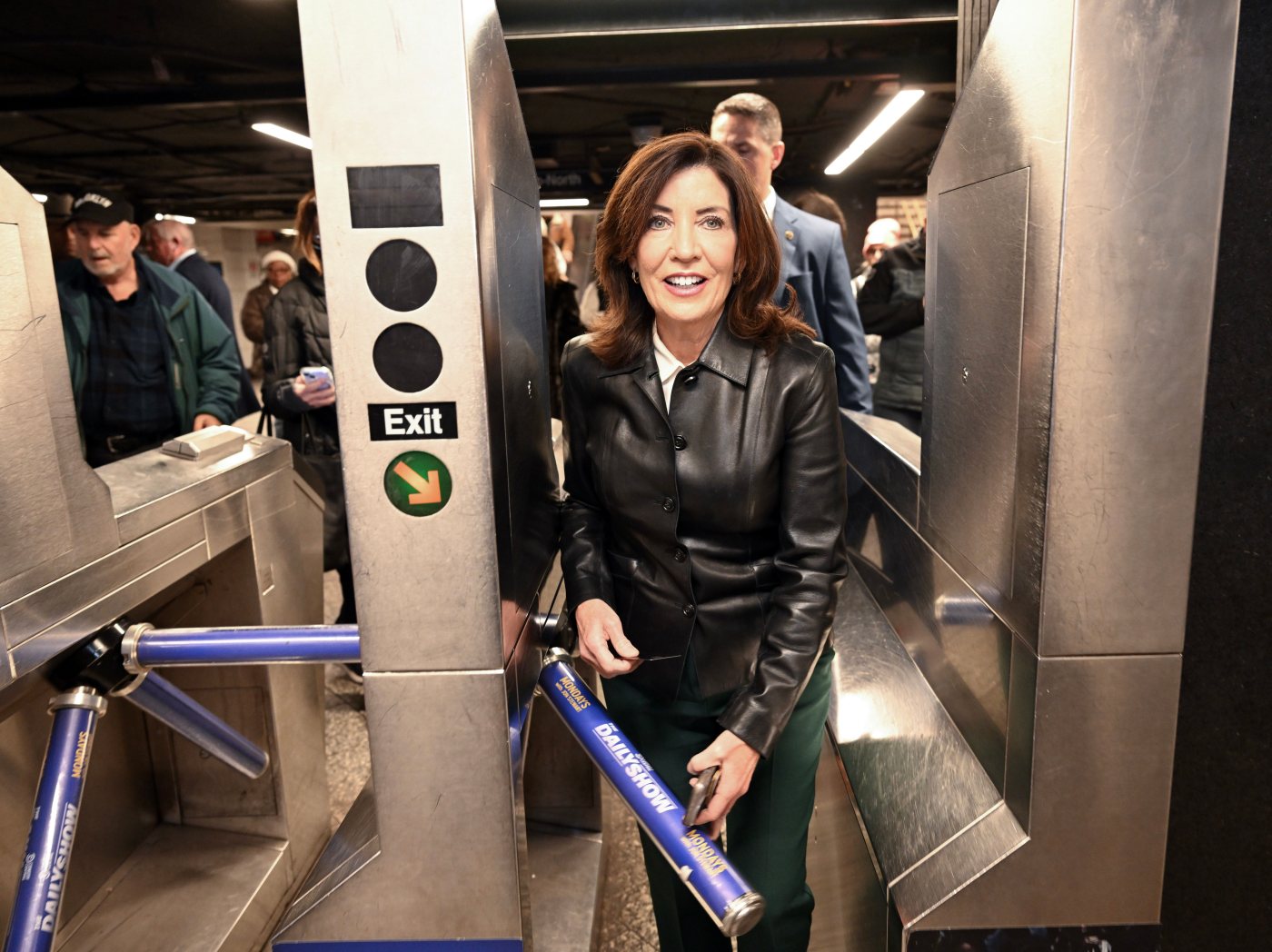New York Governor Kathy Hochul is facing a critical decision as the end of the year approaches, with a bill on her desk that mandates two-person crews on every subway train. This legislation, which has been debated for nearly three decades, aims to prohibit one-person train operation (OPTO) and zero-person train operation (ZPTO). The bill recently passed both houses of the New York State Legislature with overwhelming support, receiving a vote of 144 to 0 in the Assembly and 57 to 2 in the Senate.
The origins of this legislation can be traced back to 1995, when the then President of the Transit Authority, Alan Kiepper, discussed the potential for fully automating the L train. This initiative gained traction in 2003 when the L train was outfitted with Communications-Based Train Control (CBTC). However, efforts to implement OPTO met resistance from the Transport Workers Union Local 100, which lobbied for the two-person crew requirement, resulting in this current bill.
The recent passage of the two-person crew bill has drawn criticism from various quarters. The only dissenting votes came from two upstate Republicans, Joe Griffo and Mark Walczyk, who expressed concerns about the implications of the legislation. As it stands, the L train and the No. 7 train are already CBTC-compliant and could operate without human intervention at the switches. Critics argue that maintaining two crew members on every train is unnecessary, especially given advancements in technology.
This bill is seen as a form of “featherbedding,” a term used to describe practices that increase labor costs without improving service or safety. For example, it is noted that New York City’s subway system is unique in its requirement for two crew members, contrasting sharply with global standards. A recent study by the Marron Institute at NYU examined nearly 300 subway lines worldwide, revealing that only New York maintains this practice. Cities like London, Paris, Berlin, Tokyo, Beijing, and Seoul operate with either driverless trains or a single operator.
The findings from the Marron Institute highlight that two-person train operation exists only on a few lines in Toronto, Seoul, and Tokyo, while the majority of systems worldwide have moved towards more efficient operations. This raises concerns that enshrining the two-person crew requirement into law would not only hinder modernization efforts but also misalign New York with global transportation trends.
Governor Hochul’s potential veto of this bill could signal a shift toward modernization within the Metropolitan Transportation Authority (MTA). Advocates for change argue that the MTA must adapt to technological advancements to ensure safety, efficiency, and financial sustainability. As the deadline for a decision approaches, the transportation community watches closely, anticipating a decisive move from the Governor that could reshape the future of New York’s subway system.
In summary, the upcoming decision by Governor Hochul carries significant implications for the MTA’s ability to evolve in a rapidly changing transportation landscape. If she chooses to veto the bill, it could pave the way for more innovative and cost-effective operational strategies in New York’s transit system.






